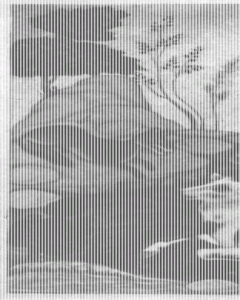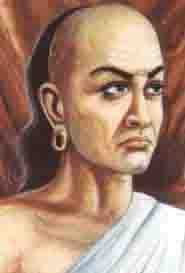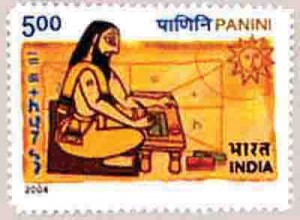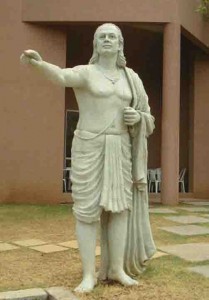If you think your textbooks are boring and need some sprucing up, feel free look up these ancient Indian treatises and recommend changes to your school (assuming you have an advanced knowledge of Sanskrit)
Students today have it easy. No, really. They study from written material, have access to more written material in libraries, and best of all, have the Internet. Students in ancient India, however, learned by listening to constant chanting of texts and orally memorised them because those texts were not yet in written form. It took several eras for their coursework to be written down as manuals and books, and treatises since have been recorded on paper. Surprisingly, many of these historic ‘textbooks’ are still valid today. Here are four examples.
Every Indian family home has a copy of Panchatantra; it is India’s Aesop’s Fables for growing children and serves to instil basic values and principles in them. Although it is a collection of animal stories, it is believed to have been written by Vishnu Sharma for the instruction of the princes of Pataliputra who were clueless about running a kingdom. The stories thus cover diplomacy, relationships, politics and administration – subjects that are still taught today in universities.
Speaking of politics, this manual is probably the most well-known in statecraft. Written by Chanakya, the cunning minister of Mauryan ruler Chandragupta Maurya, Arthashastra covers politics, economics policies, military strategies, international relations, societal ethics, the duties of a king and lots more. No surprise then that today books are still written on Arthashastra for the benefit of managers, policy makers and students. India’s National Security Advisor, Shiv Shankar Menon, has also recommended reading this ancient manual for a better understanding of strategic issues involved in nation building.
If you studied Sanskrit in school, it is likely you studied it in the systematic manner laid out in this book of Sanskrit grammar. Written by Panini, Ashtadhyayi is a complete and immensely complex grammar of Classical Sanskrit, spread over eight chapters. It is a list of rules and the rules themselves are lists of nouns, verbs, suffixes, etc. Panini was perhaps the first to study language scientifically and his approach to linguistics is still used today, even in designing computer programming languages.
By now Aryabhata should be a familiar name in India. India’s first satellite is named after him, as well as a crater on the moon. In 499 CE, when Aryabhata was just 23 years old, he composed Aryabhatiya. In it, he calculated and approximated the value of pi (π) correct to four decimal places. In fact, he created the decimal place value notation that is used in modern science and maths in Aryabhatiya. Also an astronomer, he attempted to work out Earth’s circumference, the second man in history to do so. His calculation was 39968 km. Modern calculation comes to 40076 km.
Volume 2 Issue 6

































